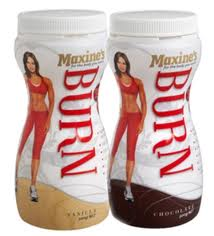Firstly the difference between the two:
- Both contain Omega 3 Triglycerides, EPA and DHA
- Krill Oil is considered to be better absorbed due to its molecular structure which includes phospholipids, these encourage absorption through the bowel wall, hence the dosage required for comparable effect is far less than Fish oil.
- Krill also contains many anti oxidants the most prominent of which is Astaxanthin.
- Fish Oils has undergone numerous studies over many decades confirming its efficacy in aiding many health conditions
- Krill Oil is the new kid on the block and research is still emerging however appears promising.
- Whilst Krill Oil may be better absorbed the total amount of Omega 3 is far less than in Fish Oil.
Omega 3 Fatty Acids are beneficial to our body in many ways. Supplementation with Omega 3 is about correcting an imbalance in our Omega intake which has occurred over time due to farming and processing methods and a general over consumption of Omega 6.
Back in Paleolithic times our ratio of Omega 3:6 consumption was about 1:1. These days it is estimated the ratio has blown out to approximately 16:1. This is to do with a number of factors including gain fed stock and fish, increases in consumption of grains/ vegetable fats, reduced consumption on fresh vegetables and an increase in processed foods.
The result of increased Omega 6 to 3 is an increase in Inflammation... the underlying pathology to most degenerative health conditions.
So therefore Omega 3 supplements will help with cardiovascular disease, arthritis, cognitive decline, hormonal imbalances, allergies etc etc the list could go on for pages!
So back to the topic... Fish or Krill??
This is a personal opinion but I would use fish in the majority of situations except cardiovascular disease where there is overwhelming evidence for the efficacy of Krill Oil. The reasons I believe this is due to outstanding evidence of Fish Oil health benefits, the value for money between the two oils, the sustainability of farming practices and the impact of farming on the environment.
After making this statement I now fear that people will go out and buy a tub of 400 Fish Oil capsules for $15.95... PLEASE DO NOT!!
The price difference between your bulk buy fish oil and the superior brands can seem significant, but so are the reasons to choose these superior brands...
- Ethical fishing practices and sustainability.
- Purity and contamination... whilst all oils will meet with Australian standards, the brands mentioned below go above and beyond these guidelines to deliver pure, un-oxidized, fresh, clean oils.
- Manufacturing in oxygen, light and heat free environments which yield a fresher (less oxidised) product
- Less oxidation = no fishy after taste
- Stronger concentration of EPA and DHA per capsule.




